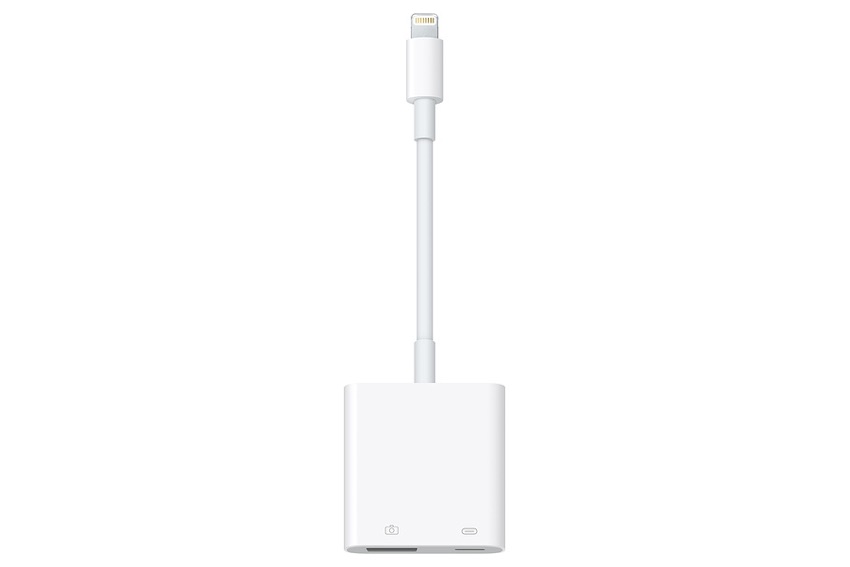iOS 13 finally allows users to directly connect external drive to their iPad or iPhone. The new operating system makes it possible for users to connect external hard disks, USB drives and memory cards to their device. Once these external memory devices are connected users can view and import files from them directly to the iOS 13 Files app.
That’s not it as iOS 13 and iPadOS 13 go even further with their external hard drives adoption, as they also enable users to import files directly into their favorite apps. For example, photographers can now connect a hard drive or memory card to their iPad and import pictures to apps like Photoshop, Affinity Photo etc.
The ability to connect external hard drive to an iPad works especially well on new iPad Pros, which come with a USB-C port. Users can simply plug in their external hard drive and it will connect to the iPad.
However if you want to connect a USB external hard drive, USB stick or memory card reader to a lightning port equipped iPad or iPhone, then things aren’t as simple. Thankfully the feature is available on all devices, and users can simply use a USB C to Lightning Adapter to connect any external memory device to their lightning port equipped iOS device.
There are tens of USB C to Lightning Adapters that are available for purchase right now. With these adapters you can connect any USB-C based external hard drive to your iPhone or iPad.
There are several first-party adapters from Apple that allow users to connect any USB-C, USB-A and microSD cards to an iPhone or iPad with a lightning port.
- Lightning to USB Type-C + USB-A – $39 from Apple
- Lightning to microSD card – $29 from Apple
- Lightning to USB-A – $29 from Apple
Once you have the suitable adapter, you can plug it into your iOS 13 powered iPhone or iPad and connect your USB-C or USB-A hard drive or USB drive to the other end. As soon as you do so, iOS 13 will recognize your external hard drive and will give you access to files stored in it through the Files app.








